This guide on How to Eat Clean includes a Clean Eating Meal Plan, 10 steps to clean eating, and lots of free clean eating recipes!
When I started my weight loss journey, I was curious about how to eat clean and lose weight in the process. I had heard the term “clean eating,” but I wasn’t quite sure what it meant.
Does it mean rinsing your produce thoroughly or clearing your food energetically with a bundle of sage? Okay, that might be a little over-the-top, but the word “clean” does have some sterile connotations.

As I dug a little deeper into clean clean eating, I learned that our bodies are designed to process clean foods as opposed to processed ones.
Processed, artificial foods confuse our bodies to the point of inflammation, free radical formation, hormone disruption, and disease. (1, 2, 3, 4)
On the other hand, eating clean foods will actually make you start to feel and function better. Eating clean helps your body run the way it was meant to and keeps it from hanging onto unnecessary weight.
As a bonus, eating whole foods helps your body fight disease. Let’s take a closer look at how to eat clean and healthy.
What is Clean Eating?
Clean eating is simply a dietary approach that focuses on eating unprocessed foods in their most natural state.
Generally speaking, any food that comes straight from the ground, a tree, or an animal is considered clean, while food that has been processed is the opposite of clean.
Clean eating is a concept made famous by the likes of Tosca Reno and Ella Mills. It’s a term used to describe eating habits that focus on whole nutritious foods.
Clean foods are what you would find around the perimeter of the grocery store or at the farmer’s market.
Real, clean food is perishable. If a food doesn’t perish, it’s a good sign that it’s full of preservatives (ahem, like a doomsday prepper’s Twinkies), except in the case of brown rice, quinoa, oats, and other dried whole grains.
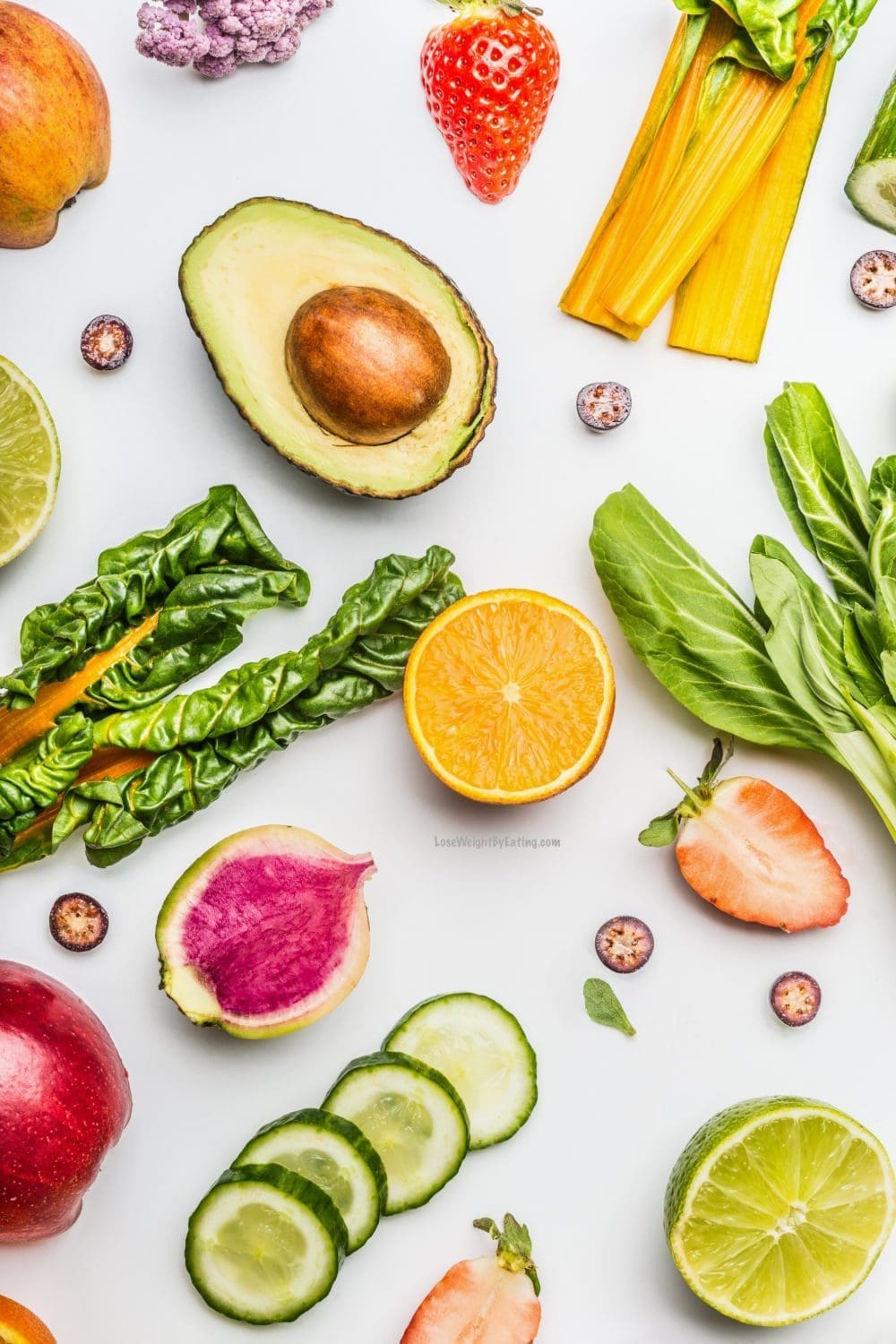
In mathematical terms, a calorie is a calorie. But inside the body, a calorie is not really a calorie.
One hundred calories from a Twinkie will not fuel or heal your body the same way as one hundred calories from a bowl of berries.
While helping your body function at its prime, clean food also promotes weight loss.
It levels out hormone levels like insulin, leptin, ghrelin, and cortisol which make your body hang onto fat. You can eat a whole lot more and lose weight by eating when you eat clean. (5, 6, 7)
Because clean eating is how our bodies are wired to eat, it’s meant to be a sustainable lifestyle change, not a temporary diet. It’s also meant to keep you full and satisfied, because deprivation isn’t a sustainable way of eating.
Key Point: How do you eat clean? Clean eating is about eating unprocessed food in its most natural form, straight from the ground, the tree, or the animal.
My Top 10 Tips for Eating Clean
To make clean eating as approachable as possible, I’ve boiled down the process to my 10 best dietary tips. These are the most important tips that helped me lose weight by eating more and make me feel my best.
How to start clean eating:
#1. Remove all processed foods and artificial sweeteners from your diet.
If you try to read the food labels on processed foods, you might think you’re looking at a chemistry experiment. If you wouldn’t swallow anything from your high school chemistry lab, you won’t want to eat these Frankenfoods either.
The chemicals in processed foods play mean tricks on your body, causing the body to become addicted and crave these foods with dismal nutrient levels even more.
Scarily enough, chemicals in processed food like preservatives, color enhancers, trace pesticides, and BPA may even have an impact on your cancer risk (8, 9, 10, 11).
One of the best ways I’ve found to avoid processed food and artificial sweeteners is to buy fresh ingredients, stay away from boxed and prepackaged meals, and check the labels for unrecognizable ingredients.
Leave any foods with the following artificial sweeteners on the shelf:
- Saccharine
- Acesulfame
- Aspartame
- Neotame
- Sucralose
#2: Plan your meals and log what you eat and drink.
If you leave your meals to “chance,” you may have a difficult time losing weight. But planning out your meals ahead of time and keeping track of them helps keep you inside the parameters necessary for weight loss (14).
Besides, then you don’t have to worry about what you’re going to eat next when you’re famished and resort to demolishing an entire sleeve of Oreos.
Let me just reassure you that this isn’t about restriction by any means. It’s about being strategic with how you use your daily calories.
You can use all 1,400 calories (or whatever your number is) on one trip to a fast food restaurant, or you can spread it out among a variety of fresh delicious foods.
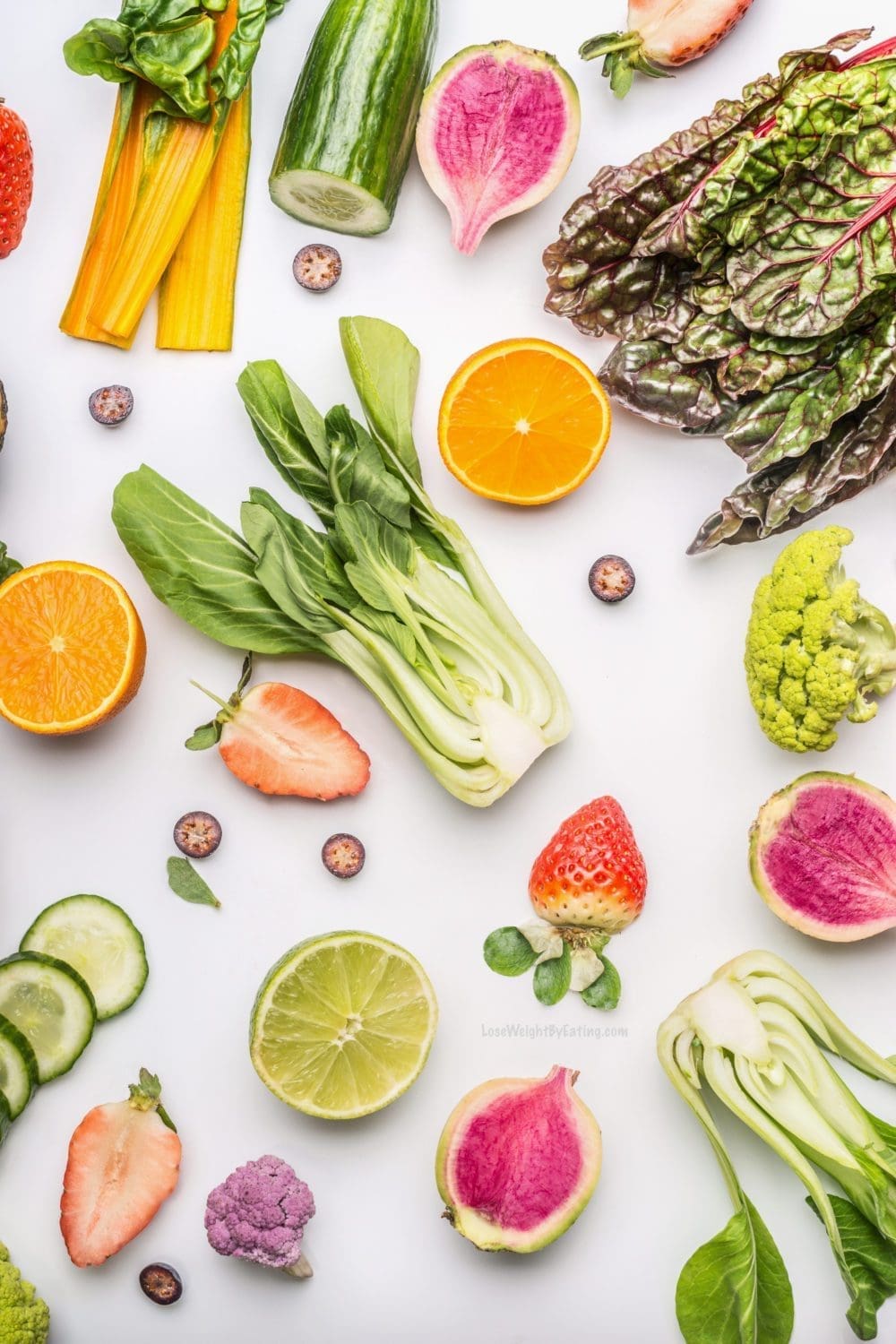
Have fun with it, thinking of yourself as an experimenting scientist, and get out those measuring cups and scales, measure everything you eat, and record it.
By doing so, you’ll start to get a feel for what a serving really looks like and also what a day of those servings looks like.
Use our free Lose Weight by Eating food log (below in the recipe card), or a good ol’ piece of paper and pen, to keep track of your daily food intake for significant weight loss results (15).
You’ll start to notice patterns when you track your food, such as a tendency to eat too little protein, so you can make adjustments.
#3: Move your body more.
I’ve mentioned before that your weight loss results will come from 70% diet and 30% exercise.
Although eating clean accounts for the majority of the equation, that 30% certainly isn’t a nominal number, by any means.
You can speed up your weight loss process by taking full advantage of that 30% in conjunction with clean eating.
Strength training and cardio are both effective for weight loss. Strength training builds muscle, and muscle burns more fat over the course of a day (16, 17).
Cardio also burns through fat (18), so it’s a great way to hasten your results.
Intense daily sessions on the treadmill aren’t necessary for weight loss, unless that’s your thing. It could be a 20 minute walk on your lunch break or a bike ride with your kids.
If you have any physical limitations, there are always ways to work more activity into your day such as getting up from your desk once an hour or playing in the backyard with your kiddos.
#4: Drink a gallon of water a day.
Research shows that water is a catalyst for metabolism, and therefore weight loss (19). Being dehydrated, even just a little, slows processes in the body including your metabolism.
Because every single cell in your body uses water, it helps your entire body function correctly. It’s hard to imagine that a tasteless, calorie-less substance could have so many benefits, but it really does!
I suggest a gallon of water, because it will keep you properly hydrated and it’s an easy measurement to remember.
If you want to get a bit more technical, you should drink half your weight in ounces every day. But if you can remember one gallon, you should be all set.
Now, a gallon may seem like a lot of water, but if you drink a 16-oz glass when you wake up, before each meal and snack, and before and after your workout, you’ll meet your recommendations.
#5: Start with vegetables
Most of us eat a less-than-ideal amount of vegetables, so I’ve learned to fill half my plate with vegetables during meals.
I also plan meals around veggies rather than meat so I eat a better proportion of vegetables.
I try to sneak vegetables into everything, and my family doesn’t even notice.
You can mix frozen cauliflower into smoothies or mashed potatoes, puree spinach for dips and pestos, and sneak shredded zucchini into just about anything without your family noticing.
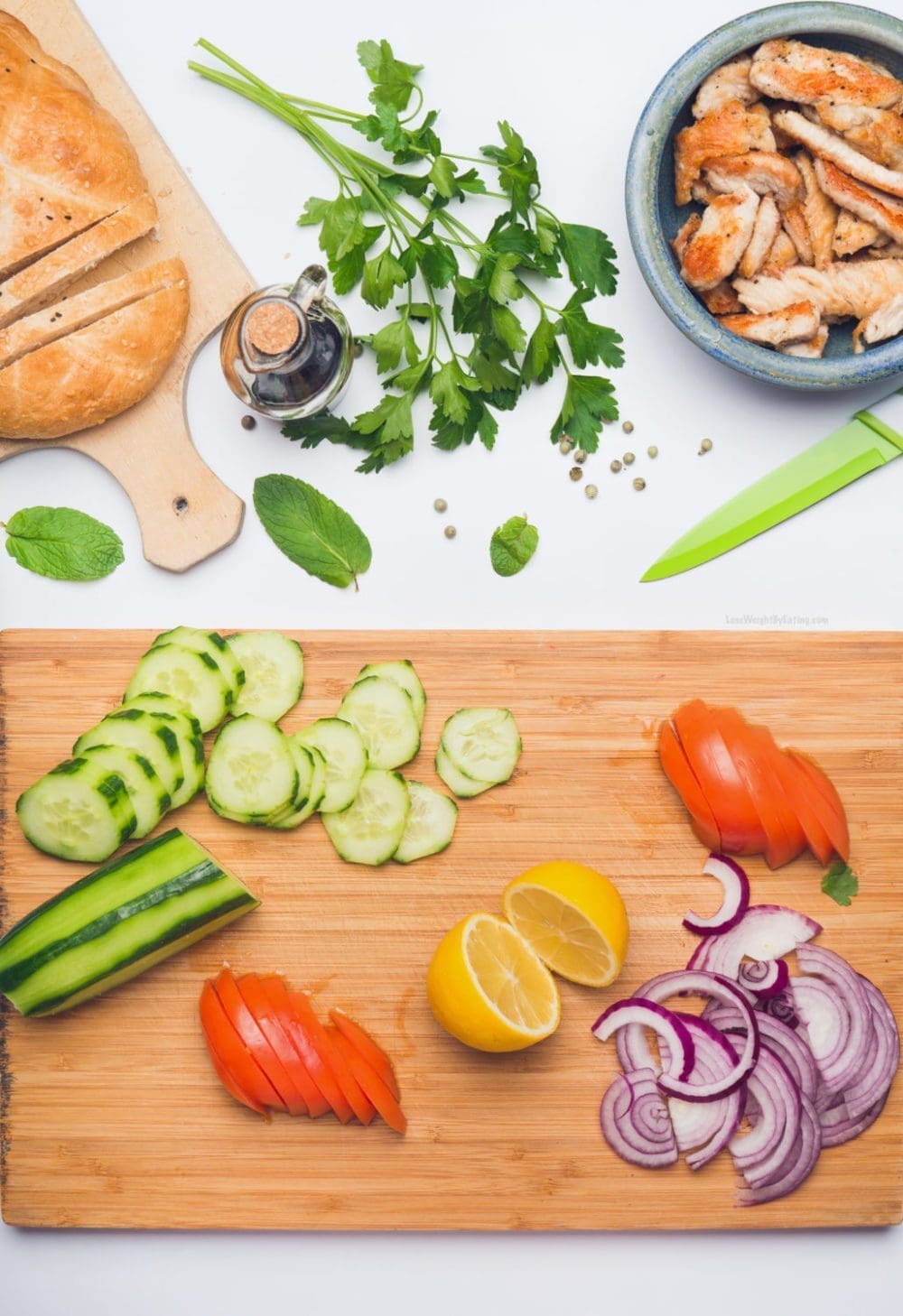
Frozen and canned vegetables are decent options to meet your vegetable quota too.
Frozen vegetables maintain their nutritional value because they’re flash frozen at the peak of freshness (14), and (rinsed) canned vegetables are a better option than not eating vegetables at all.
Just make sure the only ingredient inside the package is the fruit or vegetable itself, not heavy syrup, sugar, or other additives.
#6: Peek at the labels
First of all, I’d like to mention that most real food doesn’t come with a label, such as the majority of food in the produce section.
However, foods like bread, whole grains, and salad mix do carry labels, so to ensure they’re clean, you’ll want to flip them over and read the fine print.
If the ingredient list sounds like it belongs in vials in a chemistry lab or contains a half page of obscure ingredients, then put it back and slowly walk away.
A good rule of thumb for clean eating is to only accept foods with six or fewer ingredients, all of which are recognizable.
Reading food labels is the best way to identify health food imposters as well. Stay away from processed foods masquerading as health food like power bars, trail mix, granola, and diet soda.
Just like reading piano music, you’ll get better at reading the labels with practice. Start with the basics, like ingredients and calories, and then expand as you learn more about the nutrients.
#7: Focus on the foods you love
When you start eating clean, don’t focus on what you “can’t” eat, but rather focus on what you can. If you love blueberries, for example, find ways to work them into different meals.
Find clean eating recipes that make you drool and focus on those, because you’re more likely to eat foods you love. You never want to hate what you’re eating or you’ll more than likely give up.
Many think clean eating means eating cardboard, but you can find plenty of delicious, indulgent recipes online. You can always make over your favorite meals with cleaner ingredients.
Clean eating can be simple — if that’s the type of cooking you prefer — if you keep your meals straightforward.
A salad with grilled chicken and a side of blueberries, rather than something that takes an hour-and-a-half to assemble, is a perfectly suitable lunch.
#8: Use healthier cooking methods
You can take a clean food and make it unhealthy by dipping it in the deep fryer or slathering it in butter. The cooking method you use matters just as much as the foods do.
It’s important to stay away from foods that are fried, deep fried, and sauteed in butter.
Sauteing, stir frying, boiling, blanching, poaching, grilling, and roasting are some of the healthiest ways I’ve found to cook clean food (20).
Use minimal amounts of olive oil cooking spray when you’re frying, and leave out the heavy sauces and cheeses whenever possible.
The cleanest way to add flavor to your food is to use herbs, spices, vinegars, and cooking wines to bring out the flavors in your favorite foods. Grilling also creates amazing flavor without adding any extra calories.
#9: Make gradual healthy swaps
If you have a hard time giving up your favorite processed foods, start by swapping out ingredients here and there. You can also begin making cleaner versions of your favorite comfort food recipes.
I found that once I started eating clean, I started craving more clean foods, so making swaps got easier. My body also responded better to clean foods, making processed food less and less appealing.
The last thing you want to do is take an all-or-nothing approach to clean eating — either I eat all clean foods or I don’t bother.
It’s much easier to comply with clean eating if you make gradual changes and try to eat a little better every day.
#10: Don’t eat the white stuff
White rice, white bread, white flour, white pasta, and white tortillas are not part of the clean eating repertoire as they’ve been “refined” (processed) and stripped of much of their natural nutrition.
Manufacturers remove the most nutritious parts of the wheat and bleach it to make it white (21).
White carbohydrates also cause a huge surge in blood sugar levels shortly after ingestion, leading to insulin overload.
If you still feel hungry after eating white bread, it’s because of this sugar surge followed by a sugar crash (22).
Refined carbs have very little nutritional value, while whole grains provide healthy micronutrients like filling fiber. To make the best selection, look for bread and pasta that list “whole grains” as the first ingredient.
Clean Eating Meal Plan for Weight Loss
This 7 day clean eating meal plan for weight loss can easily be turned into a 14 or a 21 day clean eating meal plan.
Below you will find clean eating recipes, a clean eating meal plan pdf, and a printable guide to clean eating meal planning.
You can also try this 7 Day Clean Eating Challenge for Weight Loss (with FREE Meal Plans)!

Clean Eating Meal Plan for Weight Loss – 7, 14, or 21 Day
Ingredients
10 Clean Eating Breakfasts to Choose From:
- Protein Oatmeal Recipes (366 calories)
- 5 Parfait Yogurt Recipes (126 calories)
- Healthy Breakfast Tacos Recipe (143 calories)
- Easy Breakfast Wrap Recipe (284 calories)
- Healthy Pumpkin Pancakes Recipe (121 calories)
- Healthy Smoked Salmon Avocado Toast Recipe (349 calories)
- Chocolate Coffee Protein Shake (160 calories)
- Healthy Omelet with Spinach and Cheese (204 calories)
- Low Calorie Breakfast Tofu Scramble (149 calories)
- Breakfast Burrito Recipe (343 calories)
- … more Clean Eating Breakfast Recipes
10 Clean Eating Lunches to Choose From:
- Healthy Vegan Rice Bowls (438 calories)
- Teriyaki Chicken Meal Prep Recipe (392 calories)
- Healthy Vegetarian Meal Prep Recipe (297 calories)
- Teriyaki Turkey Meatball Meal Prep (345 calories)
- Curried Lentil Soup (166 calories)
- Meal Prep Chicken Quinoa Slaw (355 calories)
- Meal Prep Mexican Chicken Protein Bowls (333 calories)
- Healthy Lunch Wrap Recipe With Chickpeas (298 calories)
- Vegan Sandwich Wrap Recipe (272 calories)
- Healthy Chicken Shawarma Wrap Recipe (392 calories)
- … more Clean Eating Lunch Recipes
10 Clean Eating Dinners to Choose From:
- Healthy Spaghetti Recipe with Hidden Veggie Bolognese Sauce (390 calories)
- Creamy Chicken Stew in Crockpot (138 calories)
- Rainbow Chicken Sheet Pan Dinner Recipe (340 calories)
- Instant Pot Beef Stew Recipe (172 calories)
- Protein Stuffed Butternut Squash Recipe (277 calories)
- Healthy Crockpot Chicken Enchilada Soup Recipe (154 calories)
- Hasselback Caprese Chicken Recipe (329 calories)
- Healthy Cheese and Spinach Smothered Chicken in Crockpot (304 calories)
- Roasted Eggplant with Greek Yogurt and Walnuts (162 calories)
- Chicken Parmesan Stuffed Tomatoes (126 calories)
- … more Clean Eating Dinner Recipes
10 Clean Eating Snacks to Choose From:
- Blueberry Almond Cottage Cheese Protein Snack (166 calories)
- Chewy Cranberry Granola Bars Recipe (94 calories)
- Chocolate Coconut Protein Balls (69 calories)
- Low Calorie Chocolate Chip Muffin (73 calories)
- Strawberry Smoothie Recipe with Yogurt (94 calories)
- Healthy Blue Cheese Dip + Veggies (43-75 calories)
- Low Calorie Lemon Blueberry Scones (140 calories)
- Low Calorie Loaded Potato Skins (113 calories)
- Homemade Stovetop Popcorn Recipe (43 calories)
- Easy Deviled Eggs Recipe (42 calories)
- … more Clean Eating Snack Recipes
Instructions
- Print out the meal planner below (or open in it a separate window so that you can fill it out before printing it).
- Choose 2-3 breakfasts and add them to the meal planner alternating them between days (every other day).Special Note: If the calories are very low (under 200 calories) you may double the serving size.
- Choose 2-3 lunches and add them to the meal planner alternating them between days (every other day).Special Note: If the calories are very low (under 200 calories) you may double the serving size.
- Choose 7 dinners and add them to the days you want to make them on.Special Note: If the calories are very low (under 200 calories) you may double the serving size.
- Choose 4-8 snacks (2 for each day) and add them to the meal planner alternating them between days (every other day).Special Note: If the calories are very low (under 100 calories) you may double the serving size or choose 2 snacks per day.
- Add up the calories, and click on the recipe links to print out each recipe card.Special Note: It is easy to make this clean eating meal planner work for all calorie needs. Add an additional snack or two to increase the calories.
Nutrition
Final Thoughts on Clean Eating Plans
I hope this clean eating how-to has given you a clear direction on how to start eating clean.
If you take these basic steps and build on them, you’ll make great progress in your weight loss and overall health.
Take steps each day to improve your eating habits, and before long, you’ll notice a difference.
Your energy levels, stamina, and mood should improve and your tummy should be happy.
Just remember, clean eating is a way of life, not a quick temporary fix.
It’s all about eating food in its most natural state, the way our bodies were designed to.
And that’s how to eat clean for weight loss….
What to Read Next:

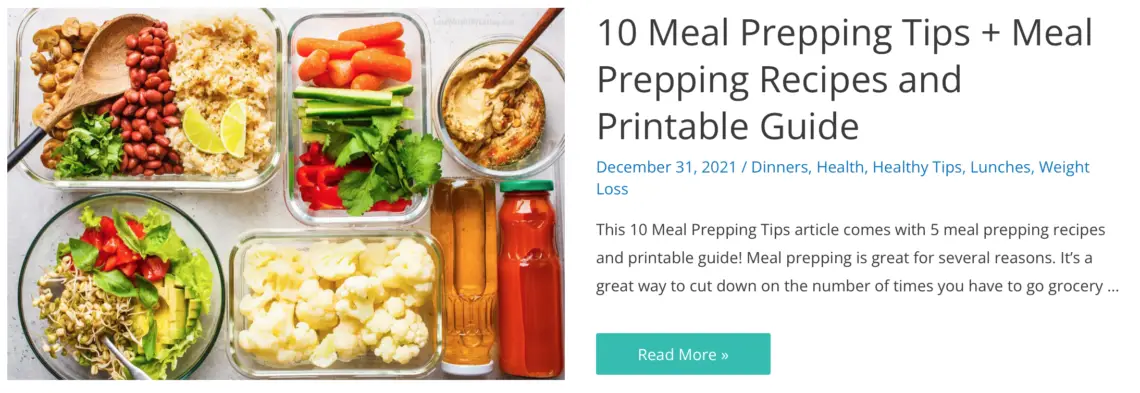

Lose Weight By Eating cookbooks:
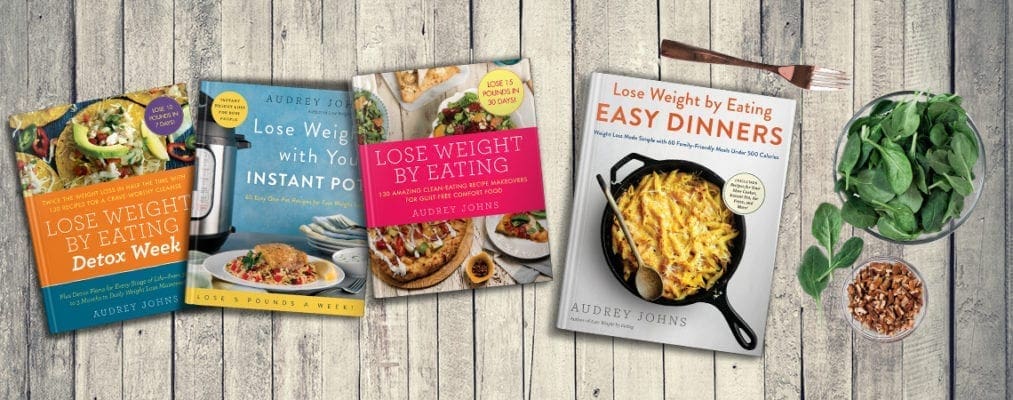
Pin this Clean Eating Meal Plan to Pintrest:



Pingback: Lose Weight By Eating - Weight Loss Blog and Recipe Website
Pingback: Lose Weight by Eating: The Clean Eating Diet Plan